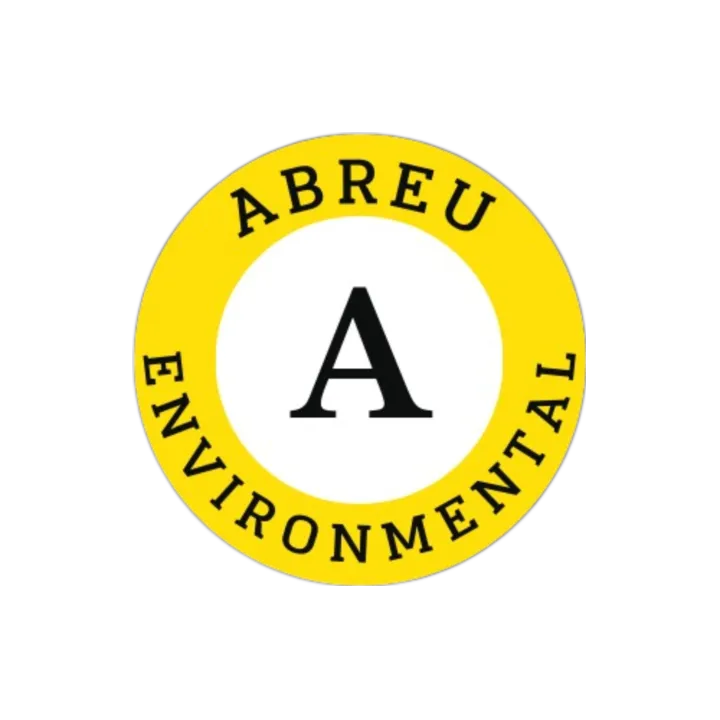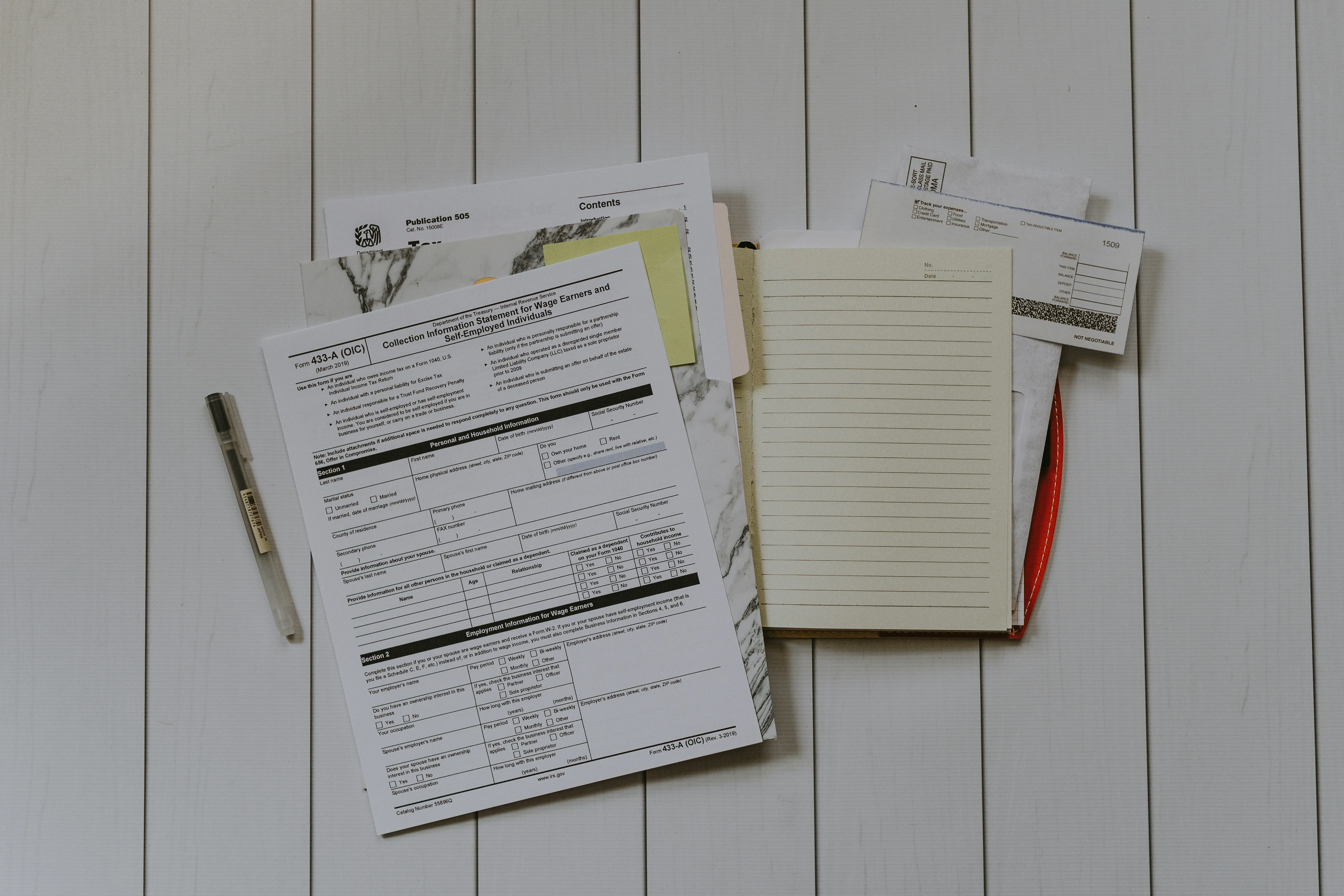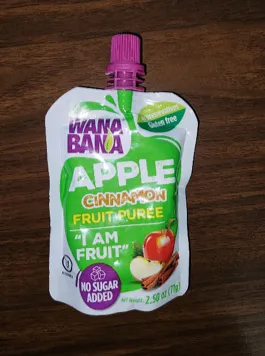Recognizing Caught-in/between Hazards
Caught-in/between hazards are a significant safety risk in many workplaces, particularly in the construction, mining, and manufacturing industries. According to the Occupational Safety and Health Administration (OSHA), caught-in/between hazards are responsible for a significant number of workplace injuries and fatalities each year. In this blog post, we will explore some key tips for recognizing and preventing caught-in/between hazards.
What are Caught-in/between Hazards?
Caught-in/between hazards occur when a worker's body is squeezed, pinched, or crushed between objects or equipment. This can happen when a worker is caught between a moving object, such as a machine or vehicle, and a stationary object, such as a wall or pillar. It can also occur when a worker is trapped or buried in a collapsed trench or excavation.
Common Caught-in/between Hazards
There are many common caught-in/between hazards in the workplace, including:
- Machinery with moving parts, such as conveyor belts or press machines.
- Vehicles or heavy equipment with blind spots or limited visibility, such as forklifts or cranes.
- Confined spaces, such as trenches, excavations, or crawl spaces.
- Unstable structures, such as walls or roofs that are being demolished or renovated.
How to Recognize Caught-in/between Hazards
Recognizing caught-in/between hazards can be difficult, as they can happen suddenly and without warning. However, there are some key signs to watch out for, including:
- Workers being struck by moving objects or equipment.
- Workers getting caught between equipment or objects.
- Workers being trapped or buried in a confined space or excavation.
- Workers being crushed or pinned by unstable structures.
How to Prevent Caught-in/between Hazards
Preventing caught-in/between hazards is essential for maintaining a safe work environment. Some key steps for preventing caught-in/between hazards include:
- Providing proper training on the safe operation of equipment and machinery.
- Installing guards, barriers, or other engineering controls to prevent workers from being caught in machinery or between objects.
- Using spotter systems or backup alarms on vehicles or heavy equipment to alert workers to their presence.
- Providing proper safety gear, such as hard hats and safety harnesses, to workers in confined spaces or trenches.
- Properly shoring and securing trenches and excavations to prevent collapses.
- Regularly inspecting equipment, structures, and work areas for hazards and addressing any concerns immediately.
Module Preview
Abreu Training offers an online 60-minute module. The module offers current OSHA and industry information regarding construction worksite recognizing caught-in/between hazards. Students will be able to recognize caught-in/between hazards in construction. Click here to learn more
In conclusion, recognizing and preventing caught-in/between hazards are essential for maintaining a safe and productive work environment. By understanding the common hazards, recognizing the signs of potential danger, and taking steps to prevent accidents, workers and employers can work together to ensure that everyone goes home safely at the end of the day.



